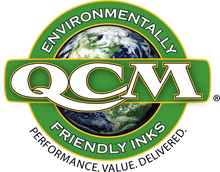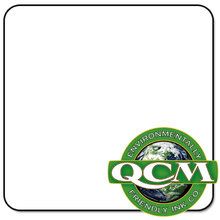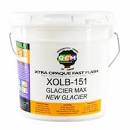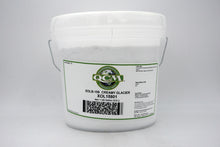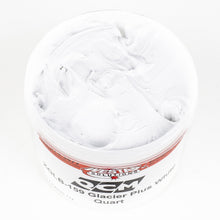
Directions for Use:
Printing: For best results flood the image and print using a sharp 70 durometer squeegee. A 65-90-65 durometer squeegee may be used when a very heavy deposit is required. 80-305 TPI (32-120 TPcm) mesh taut screens (25 newtons or higher) are strongly recommended. For smoothest deposit use 160 TPI (62 TPcm) mesh or higher when necessary. Coarse meshes (60-83 TPI, 23-32 TPcm) are recommended for a thicker ink deposit. Heavy fleece may require a thicker deposit.
Stencil: Use any direct emulsion or capillary film.
Additives: XOLB-108 is ready to print. Reduce only if necessary using P-5011 curable reducer. Reducing the viscosity will also reduce the opacity and coverage of the ink. Please test before production run. For printing on nylon mix with MF-66 Nylon Bonding Agent.
Flashing: Parameters vary between all flash units. Flash for 2-3 seconds with the ink deposit reaching 150-250°F (65-121°C). Ink should be dry and without tack.
WARNING: Over flashing can cure the ink and prevent adhesion between coats of ink.
Cleanup: Use any of the commercially available products for the cleanup of plastisol inks.
Environmentally Friendly: QCM Plastisol Ink contains no leaded pigments and, when properly disposed of, has no environmental impact. Use a screen wash for plastisols for cleanup. Scrape screens carefully and store ink for reuse. Minimize unusable scrap ink by segregating ink by color. QCM PPR-901 Black pigment can be used to convert old ink into black ink for waste elimination.







